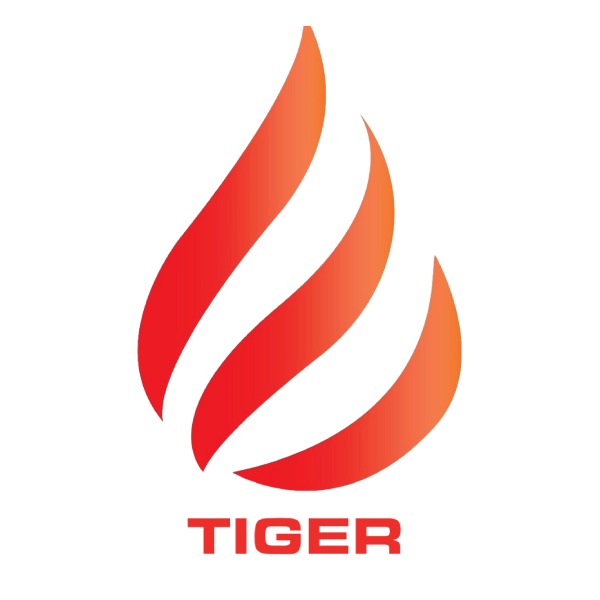Introduction
Fire safety in warehouses is not just about compliance — it’s about protecting assets, workers, and operations. With the UAE’s strict civil defense regulations and growing industrial infrastructure, having the right fire pump for your warehouse in Abu Dhabi has never been more critical.
This practical guide helps building managers and warehouse owners understand how to select, install, and maintain the right fire pump system for maximum efficiency and safety in 2025.
Understanding the Role of Fire Pumps in Warehouse Safety
Fire pumps are essential components of a building’s fire protection system. They ensure consistent water pressure is available for sprinklers, hydrants, and hose reels during a fire emergency.
In large warehouses, where storage height, flammable materials, and floor area are considerable, a robust fire pump system ensures rapid water discharge to control or extinguish fires before they spread.
Why Fire Pumps Matter in Abu Dhabi Warehouses
Abu Dhabi warehouses face unique challenges — from extreme temperatures to high-density storage layouts. Here’s why choosing the right fire pump is so vital:
Compliance with Civil Defense standards: Every warehouse must meet UAE Fire & Life Safety Code requirements.
Continuous water pressure: Essential for automatic sprinkler activation and hydrant flow.
Protection of valuable inventory: Especially for logistics, FMCG, and industrial facilities.
Minimized downtime: An efficient system reduces potential business disruption after an incident.
Key Factors to Consider Before Selecting a Fire Pump
Choosing the correct fire pump for a warehouse in Abu Dhabi involves evaluating several engineering and environmental factors.
1. Water Source Availability
Fire pumps draw water from tanks, mains, or reservoirs. For remote warehouse locations, ensure your water storage tanks meet the required capacity for your pump system.
2. Pump Type
Common fire pump types include:
Electric-driven pumps: Suitable for urban areas with a reliable power supply.
Diesel-driven pumps: Preferred for remote or large industrial sites where backup power is needed.
Jockey pumps: Maintain system pressure to prevent unnecessary main pump activation.
3. Flow Rate & Pressure
Your engineer must calculate required flow and pressure based on:
Warehouse size
Number of sprinklers/hydrants
Fire risk classification
Local authority standards
4. System Compatibility
Ensure your pump is compatible with:
Sprinkler and hydrant network designs
Existing fire alarm and control systems
Backup power and monitoring systems
5. Certification & Standards
Always choose pumps certified to international standards such as UL (Underwriters Laboratories) or FM (Factory Mutual), as required by UAE Civil Defense.
Tiger Fire UAE offers UL/FM-approved fire pumps that comply with local regulations.
Installation Best Practices in 2025
Proper installation determines system reliability during emergencies. Here’s what building managers must ensure:
Installation must be performed by certified fire pump installers.
Suction and discharge piping should be correctly sized and aligned.
Isolation valves and gauges must be accessible for maintenance.
Pumps should be placed in well-ventilated, protected areas.
Routine testing and maintenance should follow NFPA 20 standards.
With certified installation and inspection, you guarantee not just compliance but long-term operational safety.
Maintenance: The Key to Long-Term Reliability
Even the best fire pump will fail without consistent maintenance. Regular testing ensures readiness during emergencies.
Monthly checks include:
Verifying pump room temperature
Checking fuel and battery levels (for diesel units)
Testing automatic start and stop sequences
Annual inspections include:
Flow testing for performance verification
Alignment and vibration analysis
Motor insulation and bearing condition checks
Partnering with a trusted fire pump supplier in Abu Dhabi ensures your warehouse stays protected and compliant.
Common Mistakes to Avoid
Ignoring periodic testing: Leads to undetected faults during emergencies.
Selecting undersized pumps: Reduces water pressure and fails fire code compliance.
Skipping Civil Defense approvals: Delays warehouse occupancy permits.
Improper alignment: Causes vibration damage and pump failure.
Neglecting record-keeping: Maintenance logs are mandatory for inspections.
The Role of Certified Fire Pump Suppliers in Abu Dhabi
Partnering with a certified supplier like Tiger Fire UAE ensures your fire protection system meets both performance and regulatory standards.
Professional suppliers provide:
System design consultation
UL/FM-approved fire pumps
Installation, testing, and commissioning
AMC (Annual Maintenance Contracts) for long-term reliability
With more than a decade of expertise in fire protection systems across the UAE, Tiger Fire UAE ensures every warehouse installation meets Civil Defense and NFPA standards.
Conclusion
Selecting the right fire pump for your warehouse in Abu Dhabi is more than a technical choice — it’s a commitment to safety, compliance, and business continuity.
Whether you’re upgrading an existing system or setting up a new warehouse, always consult certified fire protection professionals for accurate sizing, installation, and testing.
At Tiger Fire UAE, we specialize in fire pump supply, installation, and maintenance for warehouses, factories, and high-rise facilities. Our certified team ensures your system operates at peak efficiency and complies with UAE Civil Defense regulations.

